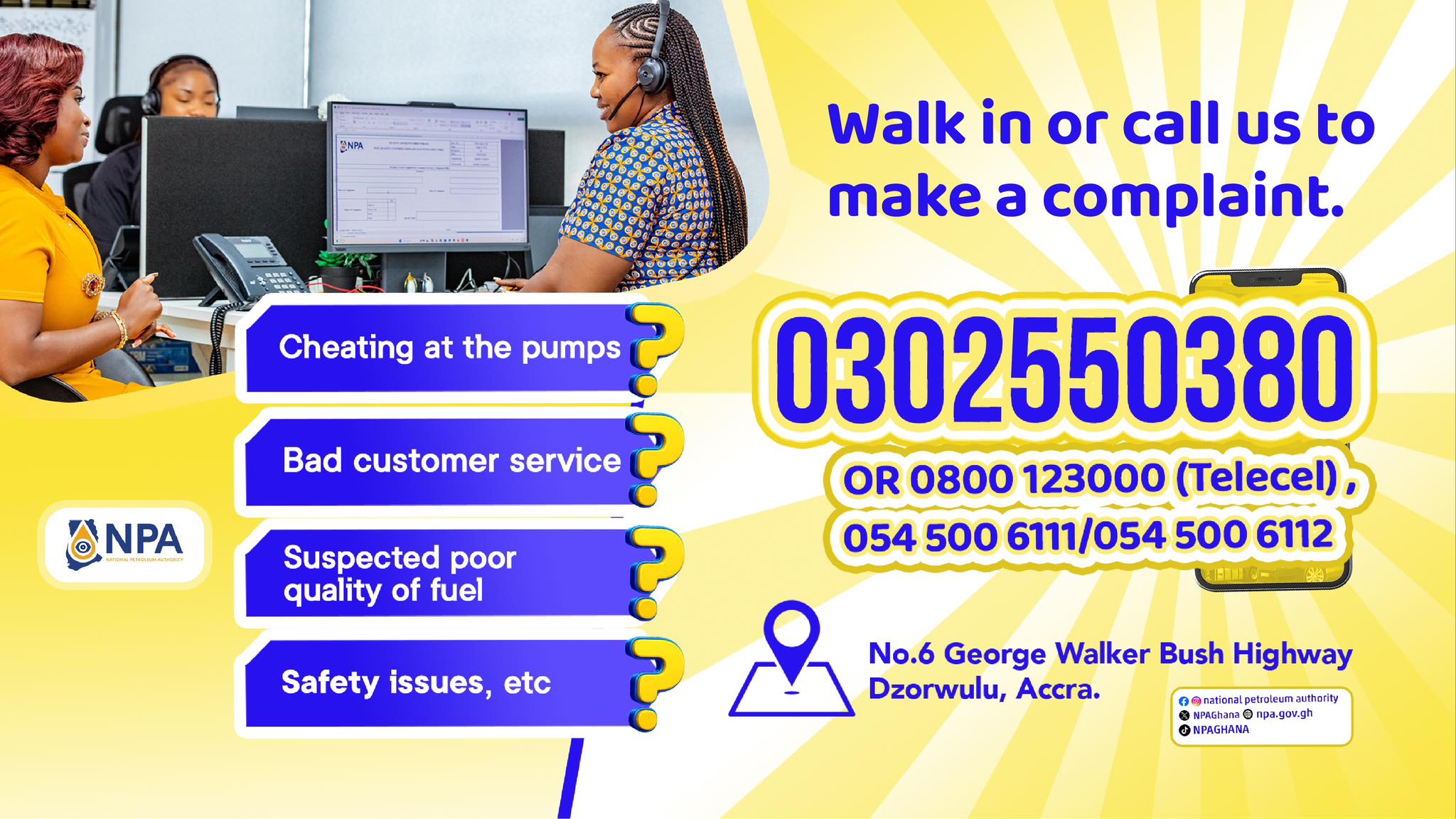As Africa welcomes more independent power producers, one of its biggest challenges is how to integrate that power into a finite grid system, writes Globeleq general counsel Marlise Schmidt. But that complexity offers room for great innovation.
There has been much excitement around Eskom’s recent changes to grid connection requirements for energy projects.
Demands on South Africa’s grid have escalated with each public power-procurement process under the REIPPP (Renewable Energy Independent Power Producers Procurement) programme.
This is likely to become more of an issue with the opening up of the energy market for Independent Power Producers (IPPs).
Eskom will now require that developers demonstrate that their projects are shovel-ready and will be able to add generation capacity before any grid allocations are made. This is to avoid the earlier “first come, first served” situation, where projects that applied first for grid capacity got allocations.
But such complexities are not confined to South Africa. Across the continent, infrastructure faces massive capacity challenges.
In many cases, national grids are not set up for mega projects. There is no doubt that Africa has an almost insatiable demand for power to drive growth. The challenge is not just generation, but getting that power to end consumers.
South Africa, though, has a more developed energy market. However, we are reaching a point where there will be no more grid offtake available. In other countries, that has been a challenge from day one.
A case in point was the Globeleq experience in Mozambique. The Temane project was a competitive tender, and part of what secured us the contract to build the power project was that we also undertook to support state-owned energy company EDM and the government in building a 50km transmission line.
The transmission line will belong to the Mozambican government, but Globeleq was able to contribute its expertise in securing finance.
This is an exciting example of public-private partnerships to solve Africa’s grid limitations. Such collaboration requires trust between host governments and utilities, which takes time to build up.
It also takes a measure of openness on the part of host governments.
Another encouraging case study is the example of the 120MW Namaacha wind project, also in Mozambique – the country’s first grid-scale wind farm.
Wind energy is an attractive energy source. It can meet evening peak demand, although it is intermittent. This intermittency creates grid-stability issues. We therefore worked with the government to explore and implement a battery solution.
There are many opportunities for transmission innovation, but each must be tailored to the needs of the customer. Power producers must be willing to walk a long road to build up trust with the governments and their utilities.
Globeleq also has a standalone battery project in South Africa, which can unlock more renewable projects in the region, with the country’s next procurement round pending.
There is definitely a recognition from governments and utilities that more needs to be done to unlock renewable-energy potential. But it’s not an easy fix.
The unbundling of Eskom may open up such opportunities. We may even see privately owned – and leased – transmission lines. There are challenges, certainly, but also massive possibilities.
A growing aspect of the energy space is private generators selling privately to mines and other business users. This has implications for the public procurement process, as it also requires connection and wheeling agreements, and grid access – which is finite.
As the market opens up in South Africa, there will be a need to balance grid access fairly, between public and private needs.
One solution to optimising grids is curtailment, where a grid operator curtails the amount of power particular power producers can put into the grid at certain times of day.
This stabilises the grid at peak hours, and ultimately allows more generators to plug in.
South Africa offers some learnings for developing jurisdictions to look to as they expand. We are seeing Mozambican and Zambian utilities carve out the option to split in future. Regional governments can learn a lot from each other policywise, but each jurisdiction has its own unique pinch points.
Grid access remains a critical waystation on Africa’s route out of energy poverty to prosperity. Mapping the best path will require policy evolution, multiple partnerships, as well as technical and policy innovation, if we are to reach our ultimate destination – a better life for Africa’s people.
Source: Marlise Schmidt. She is the General Counsel for Globeleq
Discover more from Energy News Africa
Subscribe to get the latest posts sent to your email.



